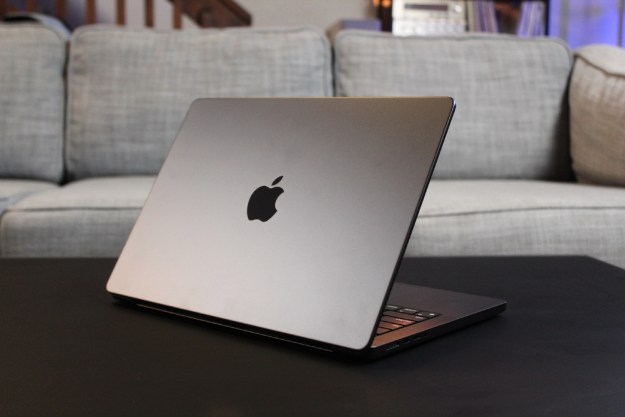
For decades, Macintosh users labored under the burden that, as cool as their systems and operating systems might be, they were largely locked away from the much larger world of WIndows-based applications, services, and (ahem) games. Although this actually provided some advantages—for instance, Macs have yet to develop the malware and security problems which essentially define Windows computing—when Apple CEO Steve Jobs announced Apple would shift its entire Macintosh line to Intel-based processors, developers immediately begam scheming about ways to run Windows on Macintosh hardware…and even how to run Windows and/or Linux applications natively, side-by-side with Mac OS X applications.
Today, Mac users looking to leverage Windows have one more major tool in their arsenal, as virtualization leader VMWare launched VMWare Fusion, a Macintosh-native virtualization application which enables Mac users to run PC applications simultaneously with their beloved native Mac apps. Although VMWare isn’t the only virtualization application on Mac OS X—Parallels Desktop for Mac is already up to version 3.0—it certainly brings a big name to the virtualization business on the Mac.
“VMware Fusion was designed for Mac enthusiasts looking for a seamless way to run Windows applications on the Mac,” said Dan Chu, VMWare’s VP of emerging products and markets, in a statement. “VMware Fusion combines a very clean and intuitive interface that Mac users expect with the world’s most trusted desktop virtualization platform to allow users to run Mac applications seamlessly alongside PC applications on Intel-based Macs.”
VMWare Fusion enables users of Intel-based Macs to run both 32- and 64-bit PC operating systems using up to two processor cores, and provides compatibility with a wide variety of USB devices. VMWare says Fusion can let Mac users run more than 60 PC operating systems, and provides full power management capabilities to make sure virtual machines’ states are safely retained even when notebooks are running on battery power.
VMWare Fusion includes a Windows Easy Install feature which walks Mac users through the process of installing Windows and setting up a Windows virtual machine; the Virtual Machine Assistant can also be used to set up VMs running Linux, BSD, or other PC operating systems. On the Windows front, VMWare Fusion offers support for DirectX 8.1 (sorry, no 9 or 10 support yet) enabling Mac users to tap into a wealth of PC games) and lets users take snapshots of their virtual PCs to which they cann revert if something goes awry. Users can also suspend their virtual machines and pick up later where they left off, without having to reload an operating system or relaunch applications.
VMWare Fusion requires an Intel-based Mac with Mac OS X 10.4.9 or newer and at least 512 MB of RAM (but, really, 2 GB or more is a good idea). Users will need a Mac with a Core 2 Duo or Xeonprocessor to support 64-bit operating systems. Users will also need about 1 GB of disk space for each virtual machine they want to set up. VMWare Fusion will be available at Apple Stores as well asleading retailers for $79.99.
Editors' Recommendations
- The 6 key things Apple must fix in the next version of macOS
- How to change the login picture on a Mac
- How to customize mouse gestures on Mac
- How to find a Wi-Fi password on Mac
- How to forget a network on a Mac


